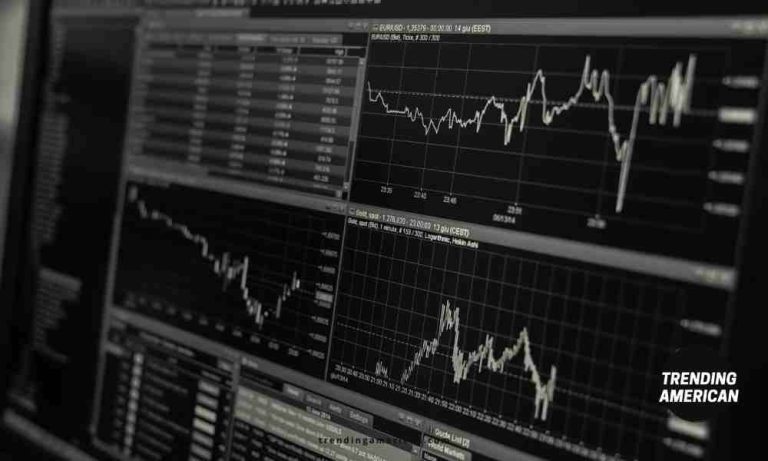Bitcoin Exchange Rate using Charts Predict Bitcoin’s Price
Charts are among the most important tools in any trader’s arsenal. Many traders use charts to not only figure out where the price is going but also to find the good entry or exit points for their trades. The truth of the matter is that using charts effectively can be difficult; there are so many different trading platforms and chart types out there, it’s often tough enough to pick one system, let alone understand all of them. Today we’re going to look at bitcoin exchange rate charts and how they can provide valuable insight into predicting future bitcoin price movements.
The Basics: Candlesticks and Ichimoku Clouds
Candlesticks have been used in technical analysis for decades now, with their popularity spiking during Japan’s aggressive stock market expansion in the 1980s. Candlesticks, essentially, are a Japanese version of bar charts used to illustrate price movements over a given period of time. There can be one candle per day or multiple candles on a single day depending on the period you’re looking at says Brian Colombana.
Candlestick formations contain vital information about where the price was, where it is going and where it may end up next. While there are dozens of candlestick formations out there that traders use all the time—from the signature White-and-Black Candle bullish reversal pattern to Hikkake patterns —we’re going to focus on two of the most basic: The Hammer and The Doji.
The Hammer represents a possible bottom point while The Doji, which has no bottom point, represents indecision among market participants.
The Hammer looks like an L with the long part of the “L” representing the length of time between open and close, while the short line is where the price opened during that time period. The Doji is simply when a candle’s open and close are virtually equal; it resembles an inverted T. More on this below…
Uses for Candlestick Analysis
- Typically candlestick analysis is used to determine whether the market had experienced an uptrend or downtrend over any given day (or period). This can help traders better understand where resistance and support levels are in relation to each other since they’re dealing with probabilities, not absolutes. That said, candles can provide vital information about where the price likely is within any given pattern.
- The Hammer/Doji formations are most useful when trying to establish support or resistance points. The most basic pattern with this in mind is what’s called the Evening Star, which is essentially a triple bearish reversal pattern (in our case, it would be occurring on an uptrend). This pattern consists of three candles: The first candle should have a very large real body and should open above the midpoint of the prior day’s real body. It will close near its low point for that session—a sell signal. However, since we’ve already established a top here, if it manages to form a Doji or Hammer at this level, then this could be the bottom of the move. Here’s what it looks like:
- You can see how this pattern has occurred on multiple occasions already—the key is determining how far to take your trades before you close them out. This requires looking at trend lines to establish where the current upward trend line is so you know when you will likely be stopped out. Once again, the price must break below that downward orange line to confirm this formation as a top and signal that further losses are ahead.
- The chart above gives us clues about future bitcoin price movements by showing us where resistance points are through Doji/Hammer formations (and other candlesticks) along with support points based on prior trends. The idea here is that it’s enough past data available, you can start to construct a picture of where the price is likely to go, based on prior movements.
- If the orange line is broken, it will trigger a sell signal and you’ll know you need to get out of your long positions (or go short if you’re already in a short). Short-term traders may want to stay in until they see another Doji or Hammer formation begin to form—which would signal indecision among market participants. If that occurs then it simply becomes a waiting game before the next top or bottom is established.
Conclusion by Brian Colombana:
As you can see, the two formations—The Hammer and The Doji—can provide vital information to your trading about where support and resistance levels are. Learning when to get out of long positions (buy orders) or short positions (sell order) is just as important as knowing when to go in because these candlestick formations can give you a clue about how far momentum will carry the price away from support/resistance points before it reverses.







